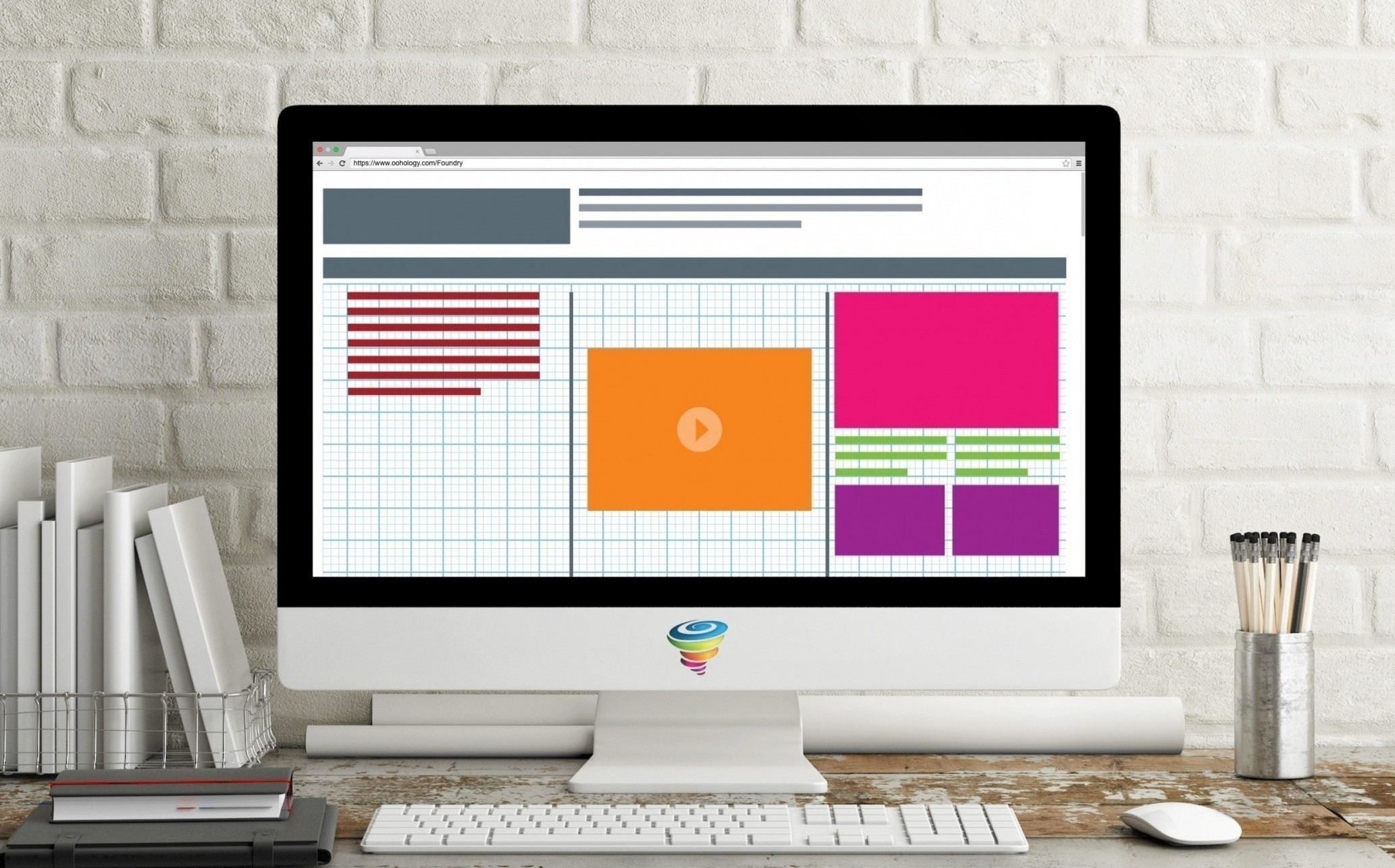If you’re new to digital marketing, your first digital project can be intimidating, if not downright terrifying.
With 2016 just around the corner, you may be trying out new platforms, so it’s a great time to brush up on your digital vocabulary. Let’s take a look at five common digital media channels and polish your skills on when and where to use each one.
PPC
Maybe you’ve heard it called “pay per click” or “paid search.” No matter what you call it, this type of ad is served through search platforms such as Google. It allows for granular targeting, low waste, predictability, speed, control and high conversions. PPC is a great media tactic if your product is easily purchased online and commonly searched. But very expensive niche products have a hard time driving conversions, as users are performing extensive research, and therefore are not likely to purchase from the first website they visit.
PPC affords a lot of control and speed, which allows you to find the right combination of keywords that potential clients are using. However, this can make the process labor intensive, so you have to weigh the costs against the benefits.
Display
While PPC ads bear strong calls to action, display ads are more about awareness. Typically, display ads are purchased based on cost per impression, instead of per click. So advertisers pay extremely low cost for someone to see their ads, even if they don’t take action. Display ads are a great layer of marketing for products and brands that are new to the market and trying to generate awareness.
Retargeting
Retargeting is ideal if your product is easy to purchase. How many times have you looked at a pair of shoes or a piece of furniture online, and then been haunted by it for weeks in the sidebar of every website you visit? Retargeting keeps the product top-of-mind, so it’s a great tactic for products with long purchase cycles or to help solve issues with cart abandonment.
Streaming Audio & Video
If you have a longer message that isn’t easily communicated in a paid search or banner ad, then you should consider audio and video ads. The awareness power of these is unmatched in digital media. If your brand can connect with consumers on a personal, more emotive level, video and audio should be a tactic in your marketing plan.
While video and audio isn’t new, digital brings some significant benefits over traditional media. Streaming audio and visual ads allow users to take an immediate action, which means consumers are just a click away from a conversion. Also, audio and video ads can be more affordable than traditional media, which translates to more eyes and ears on your message for less of your budget. Not to mention, audio and video ads allow for much better targeting than traditional ads.
Native
Native advertising is the newest frontier of digital media. Through native advertising, the advertiser provides content (e.g., video, news article or how-to guide) to users in a native atmosphere, which essentially means the content just looks like it belongs. If you’ve used a news site like BuzzFeed or ESPN, you’ve already been exposed to native advertising. It’s usually the content served at the bottom of the article, cleverly disguised to blend with its surroundings. It’s a great way to deliver news and long-form information about your brand.
A digital media strategy cannot succeed with just one media channel. Finding the proper mix for your brand/product is key to making the most of your advertising dollars. You don’t need a PhD in PPC or a degree in display advertising to make it happen for your brand, just a great digital partner.

